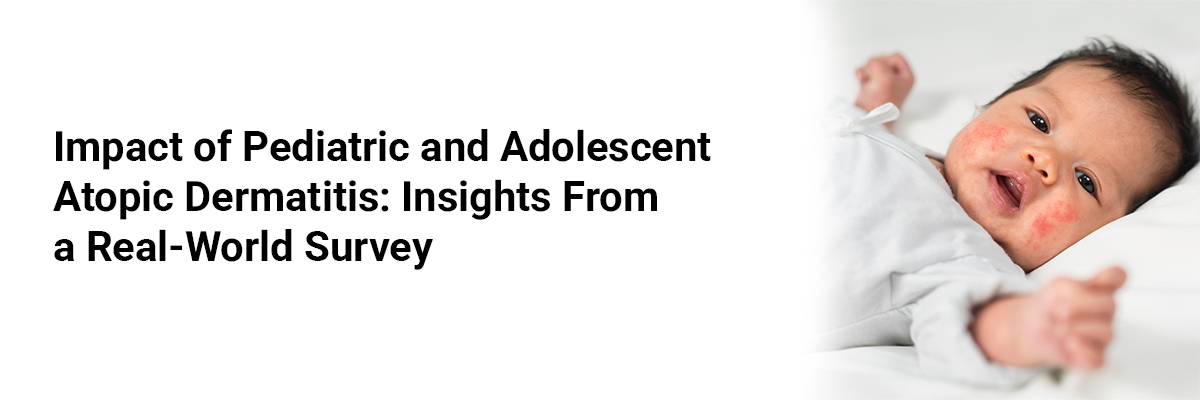
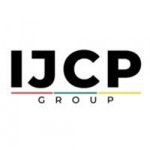 IJCP Editorial Team
IJCP Editorial Team
Impact of Pediatric and Adolescent Atopic Dermatitis: Insights From A Real-World Survey
A recent real-world, cross-sectional survey of pediatric and adolescent patients with moderate-to-severe atopic dermatitis (AD) has shown a significant impact of the disease on their quality of life, with differences observed between age groups. The findings are published in the journal Pediatric Dermatology.1
The investigators evaluated the self-reported burden of disease in 393 pediatric (<12 years) and 379 adolescent (12–17 years) patients with moderate-to-severe AD. Primary care practitioners, pediatricians, dermatologists, or allergists participated in the survey.
Data for the study was sourced from the Adelphi Real World Pediatric AD Disease Specific Programme (DSP), a cross-sectional survey of patients under 18 years of age and physicians, conducted in 2019 between February and June. Demographics, clinical features and treatment history were recorded by physicians, while the patients and/or their caregivers described disease burden, the degree of symptomatic bother, and quality of life (QoL).
Adolescents were significantly more likely than pediatric patients to be treated with systemic therapies: corticosteroids (24% vs. 12%), phototherapy (15% vs 6%), systemic immunosuppressants (15% vs 6%), and biologics (5% vs 1%) (p < 0.0001). On the other hand, pediatric patients were more frequently treated with emollients (76% vs 69%, p = 0.0367), bleach baths (14% vs. 8%, p = 0.0144) and wet wraps (13% vs. 6%, p = 0.0022). They were also more likely to be left untreated (6% vs 2%, p = 0.0029) than adolescent patients.
Nearly 60% of patients experienced a minimum of one disease flare in the preceding year. The duration of flare was longer in adolescents (19.1 days) compared with pediatric patients (15.5 days)
Two-thirds of all patients reported being highly bothered by itch, with 38% identifying it as the “most bothersome” symptom. More than half of the patients experienced a high degree of “bother” due to sleep disturbances, but there was no significant difference in the degree of “bother” of damage caused by scratching due to symptoms.
Sixty-seven percent of adolescents reported anxiety-related “bother” compared to 49% of pediatric patients (p < 0.0001). Adolescents were significantly more affected by embarrassment/self-consciousness (p < 0.0001) and also reported a greater impact of the disease on friendships (p < 0.05). Nearly half of pediatric patients experienced “bother” from anxiety attributed to their skin (p < 0.01). Both groups, more so adolescents, reported interference with their daily activities (33 % vs 25%, respectively).
Significant differences in the “most bothersome” symptoms were observed between the two groups. Pediatric patients more often identified sleep disruption, flares, scratching-related damage, and skin infections as their most bothersome symptoms compared to adolescents.
This study illustrates the high but differing disease burden - physical, emotional, and social - and treatments in the two age groups assessed. Adolescents with AD face more emotional and social challenges due to visual aspects of their disease, while younger children are more affected by itch-related scratching and the associated sleep disturbances. Hence, there is a need for an age-specific approach in clinical decision-making for patients younger than 18 years with moderate-to-severe AD. Also, there is a need to improve treatment options for both pediatric and adolescent patients, “given the evolving treatment landscape” to enhance quality of life across both age groups.
Reference
1. Eichenfield LF, et al. Patient-reported impact of atopic dermatitis on pediatric and adolescent patients with moderate-to-severe disease: results of a real-world, cross-sectional survey. Pediatr Dermatol. 2025 May-Jun;42(3):523-531. doi: 10.1111/pde.15940.

IJCP Editorial Team
Comprising seasoned professionals and experts from the medical field, the IJCP editorial team is dedicated to delivering timely and accurate content and thriving to provide attention-grabbing information for the readers. What sets them apart are their diverse expertise, spanning academia, research, and clinical practice, and their dedication to upholding the highest standards of quality and integrity. With a wealth of experience and a commitment to excellence, the IJCP editorial team strives to provide valuable perspectives, the latest trends, and in-depth analyses across various medical domains, all in a way that keeps you interested and engaged.


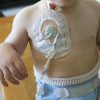
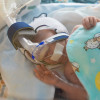
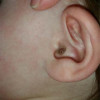

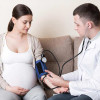



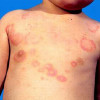
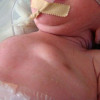
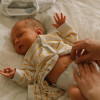
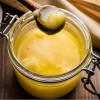
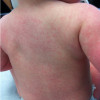


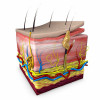
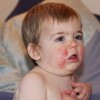

Please login to comment on this article